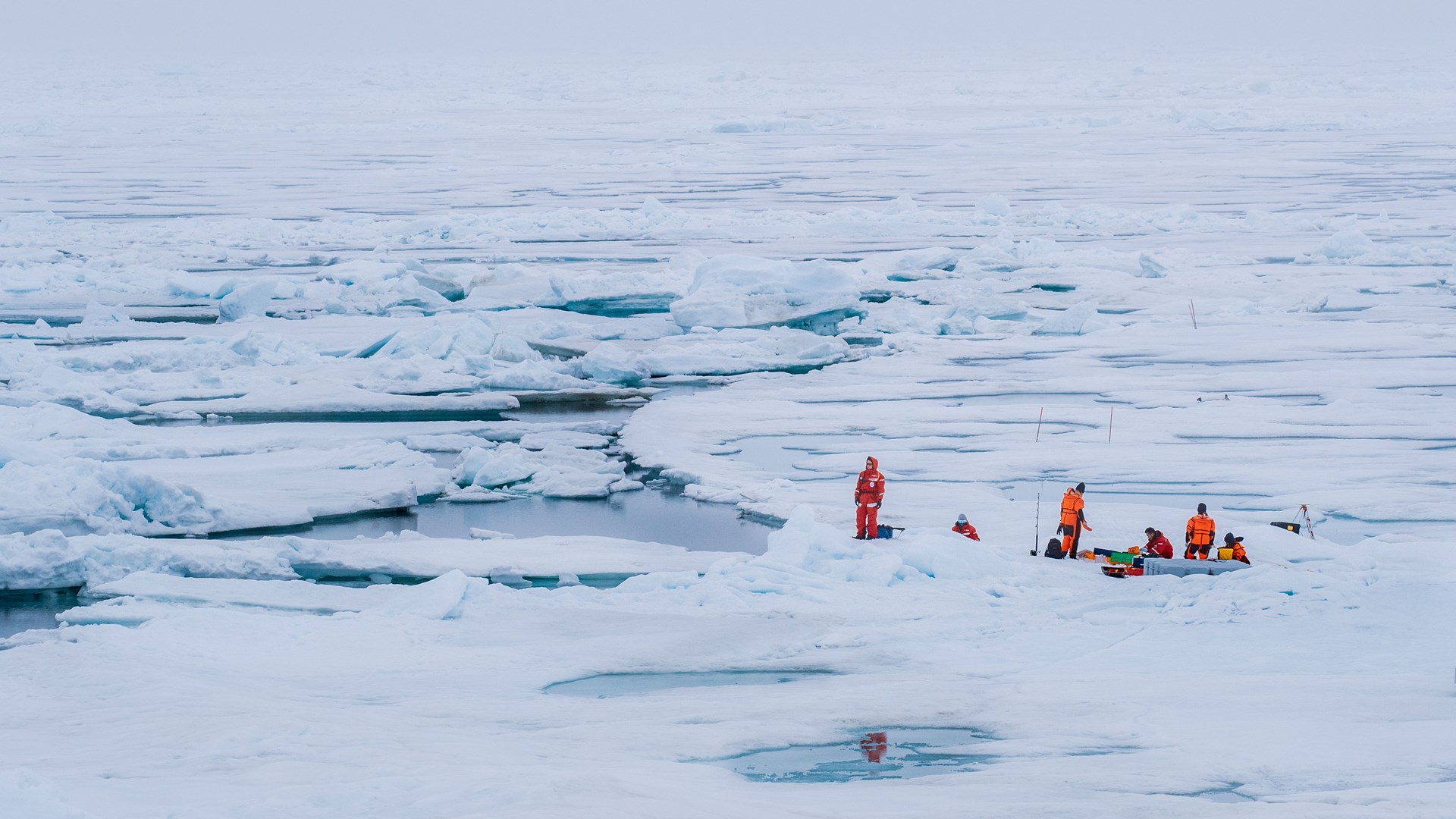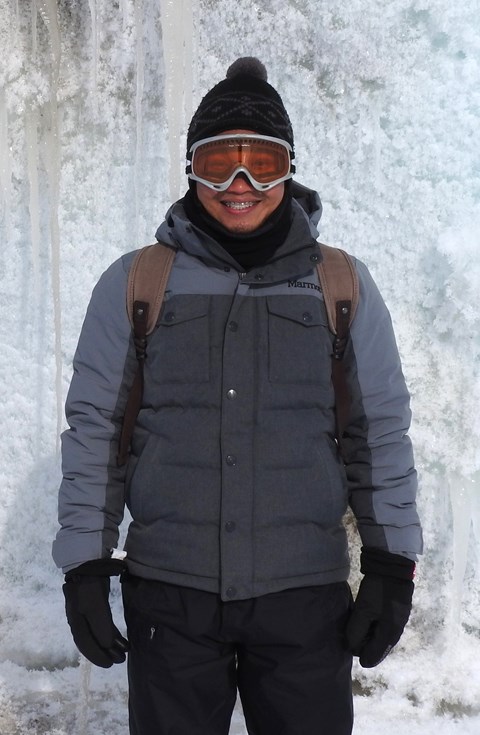“MOSAiC is an amazing opportunity to test exciting hypotheses”

The MOSAiC expedition has faced logistical challenges due to the coronavirus but is soon ready to enter its next phase. John Paul Balmonte, researcher in water ecosystems at Uppsala University and Swedish University of Agricultural Sciences, is currently in quarantine in Germany and soon ready to start his transit to the German research vessel Polarstern.
Can you tell us a little about your research project?
– The project seeks to understand the microorganisms in the central Arctic Ocean to use and produce various nitrogen and carbon compounds. At present, very little is known with regards to the “food” that microorganisms in the Central Arctic consume, and the by-products that they produce, especially during late fall, winter and early spring. The purpose of this project is to answer questions and test hypotheses regarding the changing microbial metabolisms throughout an annual cycle – from October 2019 to October 2020 – as seasons transition and environmental conditions shift considerably.
Why is your research important?
– The activities of microorganisms in any aquatic environment drive the cycling of elements that are necessary for life. Two of these important elements are nitrogen and carbon. Investigating the manner in which microorganisms process different nitrogen- and carbon-containing compounds during an annual cycle, enables scientists (e.g. microbial ecologists, biogeochemists and modellers) to quantify the consumption and production of these compounds, the identities of the organisms that are involved, and to understand differences in these processes as environmental conditions change seasonally.
– Answering these questions is especially critical in the central Arctic, where rapid changes in physical and chemical conditions may disrupt the flow of these elements and consequently the structure of biological communities that depend on these elements. Without baseline and fundamental information on the flow of these elements as driven by microorganisms, predicting and understanding the impact of shifting environmental regimes on biological communities in the Arctic becomes difficult.
How can MOSAiC support your research?
– MOSAiC provides the possibility for scientists to conduct year-long projects in the central Arctic. Without the project framework of MOSAiC, organization, and logistical support, such an endeavour would be incredibly difficult, if not impossible, to conduct.
– From a more personal perspective, MOSAiC provides an amazing opportunity to pursue new questions and test exciting hypotheses related to microbial ecology and biogeochemistry. This opportunity to work with leading polar scientists is truly unparalleled.
How do you prepare?
– Professionally, the preparation began as soon as I was recruited for the project and entailed a radiation training course in Germany, as well as many project meetings to refine experimental strategies.
– I have carried out comprehensive medical examinations and must ensure that I remain healthy. The current pandemic adds layers of complexity to preparations. I also need to be mentally prepared to be separated from civilization, for several months, on an icebreaker. But this extravert will not be hindered, as there are many scientists and crew members on the Polarstern with whom to chat!
What do you look forward to the most?
– As I will be participating in MOSAiC between June to August, I will experience one of my most favourite things in life: 24-hour sunlight in the Arctic. The brightness of the sun is amplified by the reflective properties of the surrounding sea ice (Albedo effect). I am (secretly) partially a tropical plant, requiring excess sunlight to survive. Exciting scientific collaborations can happen almost anywhere, but the 24-hour sunlight and sea-icescape intensify the energy and inspiration!

The research project Seasonality of metabolic functions in sympagic and pelagic microbiomes in the Central Arctic Ocean is led by Pauline Snoeijs-Leijonmalm, Professor of Marine Ecology at Stockholm University and Stefan Bertilsson, Professor at Swedish University of Agricultural Sciences. The research project also includes Anders Torstensson at Uppsala University, who is currently on the Polarstern.
About MOSAiC
On the MOSAiC expedition, experts from 20 nations will study the Arctic for an entire year. For this purpose, from autumn 2019 to autumn 2020 the German icebreaker Polarstern will drift across the Arctic Ocean, trapped in the sea ice. MOSAiC is being coordinated by the Alfred Wegener Institute, Helmholtz Centre for Polar and Marine Research (AWI). Over 80 scientific institutes are working together in a research consortium. The expedition’s total budget is over 140 million euros. For the latest news straight from the Arctic, check the MOSAiC channels on Twitter (@MOSAiCArctic) and Instagram (@mosaic_expedition) using the hashtags #MOSAiCexpedition, #Arctic and #icedrift. Read more about the expedition on www.mosaic-expedition.org and follow Polarstern’s drift route and the work on board on www.follow.mosaic-expedition.org.
The Swedish Polar Research Secretariat supports five research projects within MOSAiC. The institutions represented are Gothenburg University, Stockholm University, Sweden’s Agricultural University and Uppsala University.
